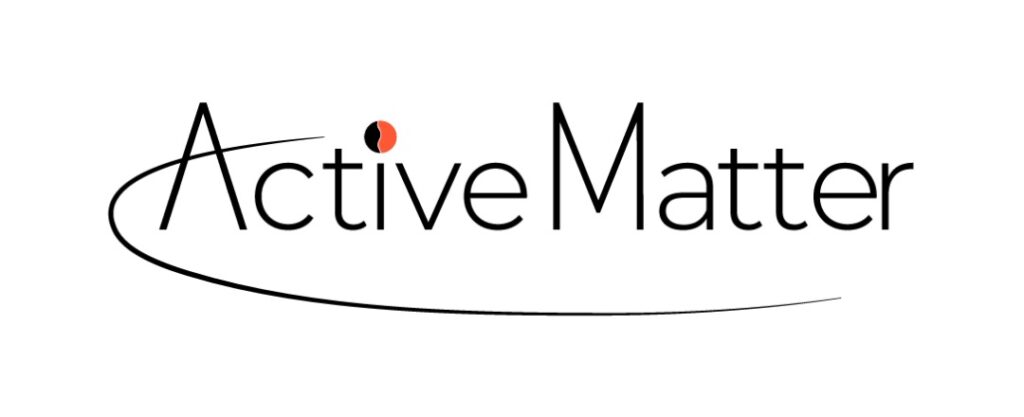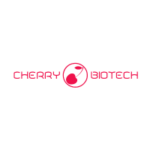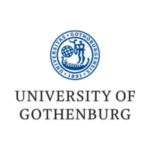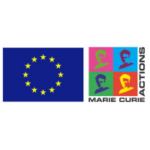
Active Matter
The ActiveMatter Network is composed by 14 Beneficiaries and 9 Partner Organisations from 9 different countries, and focuses on experimental, theoretical and computational aspects of active matter.
ActiveMatter will have a duration of 48 months, and offer 15 Early Stage Researcher positions, of 36 months each, on several projects in the field of active matter [1].
Objectives
The objective of this research project is to employ active matter-based approaches to drug delivery.
Endothelial cells are considered active matter systems due to their inherent ability to actively move, respond to stimuli, exhibit collective behaviors, and dynamically remodel in ways that are essential for their physiological functions within the vascular system.
In the context of microfluidics and shear stress, the behavior of endothelial cells under these conditions becomes particularly relevant. Shear stress, induced by blood flow, is a mechanical force that influences endothelial cell alignment, morphology, and function.
Studying how endothelial cells respond to shear stress within a microfluidic device allows researchers to investigate the active matter aspects of these cells, exploring their dynamic behaviors and collective responses in a controlled environment. Another objective of this research project is to utilize optical imaging techniques coupled with machine learning to analyze and characterize the behavior of active matter systems within microfluidic device.
Our role

Leading the development of an advanced microfluidic device and micro-physiological systems technology to simulate human organ conditions and optimize 3D cell assemblies. The system ensures control of temperature, flow rate, dissolved gas, and nutrition distribution within the microfluidic device to emulate specific in vivo conditions of human organs.
Expected Results
The project’s goals are to advance scientific knowledge in microfluidics, artificial intelligence, and active matter systems.
In this study, the primary goals are to leverage machine learning techniques to analyze the phenotype of endothelial cells cultivated within a microfluidic device under varying shear stress conditions.
This is achieved by collected a database of phase contrast and fluorescent images to be used as training data for the predictive models.
Ultimately, the expected results aspire to deepen our understanding of endothelial cell dynamics and collective responses within a controlled microenvironment and provide an automated analysis of the system.
References
[1] ActiveMatter ITN – The ActiveMatter ITN Homepage. (n.d.). http://active-matter.eu/






